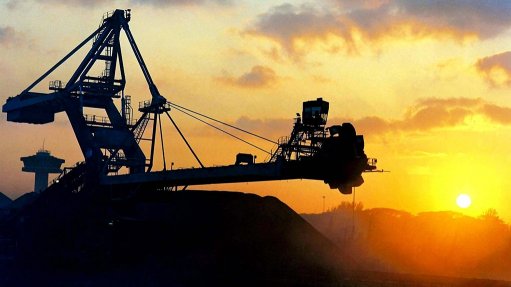
QUALITY OUTCOME PREDICTED Inputs and outputs of the expected end product can be controlled
Following two years of research and preparing for the local manufacturing of new innovative materials handling equipment, Pretoria-based materials handling company Wuhlf started manufacturing last month and has reached full production.
Engineering News reported in January that the company would manufacture materials handling equipment – including wheel loaders, forklifts and numerous attachments – designed specifically for the South African market.
Manufacturing Wuhlf products enables the company to predict its quality and outcome as the inputs and outputs of the expected end product can be controlled.
“There is a need for materials handling equipment in the engineering industry, owing to the size of projects and the moving of loads. Being able to manufacture the equipment in South Africa gives the company the upper hand in producing high-quality, low-technology products relevant for the local market,” says Wuhlf director Johan Grobler.
Another advantage is the number of jobs created by manufacturing locally, as this increases Wuhlf’s contribution towards social responsibility.
Moreover, Grobler notes that the maintenance requirements of the locally manufactured equipment are relatively low and require no electronics.
He explains that the nonelectronic tools for maintenance allow for end-users to repair and maintain the equipment themselves, with parts being locally available and easy to use.
“A few companies in the engineering industry still think that high-technology equipment is a better option; however, locally manufactured low-technology front-end loaders and terrain forklifts are more reliable in terms of maintenance and availability,” he asserts.
Design Specifications
Grobler says Wuhlf is manufacturing front-end loaders and terrain forklifts. Front-end loaders are used on farms, construction sites and where supplies need to be picked up and transported from one location to another, he notes, adding that the terrain forklift is equipment used to lift and move materials short distances.
Grobler notes that the Wuhlf ML 18 front-end loader has a full hydraulic articulated frame steering, with a 35° angle, and a width of 1 900 mm. He adds that the machine’s overall operating weight is 4 370 kg, with a bucket capacity of 0.9 m.
He points out that the machine uses an open-mode controlling system, with an 85 ∙ fuel tank capacity, a 15 ∙ oil tank capacity and a 4 ∙ break system, as well as a four-cylinder diesel engine of 47 kW and 2 400 rpm.
Grobler asserts that the all-terrain off-road 4 4 forklift is 5 100 mm long, 1 720 mm wide and 2 430 mm high.
He points out that the forklift’s rated load capacity is 2 000 kg, with an 18 kN max traction force, a fork size of 1 070 mm and total weight of 3 200 kg.
Grobler concludes that the company will continue to develop and research ways to manufacture different equipment while building the company profile as local manufacturers.